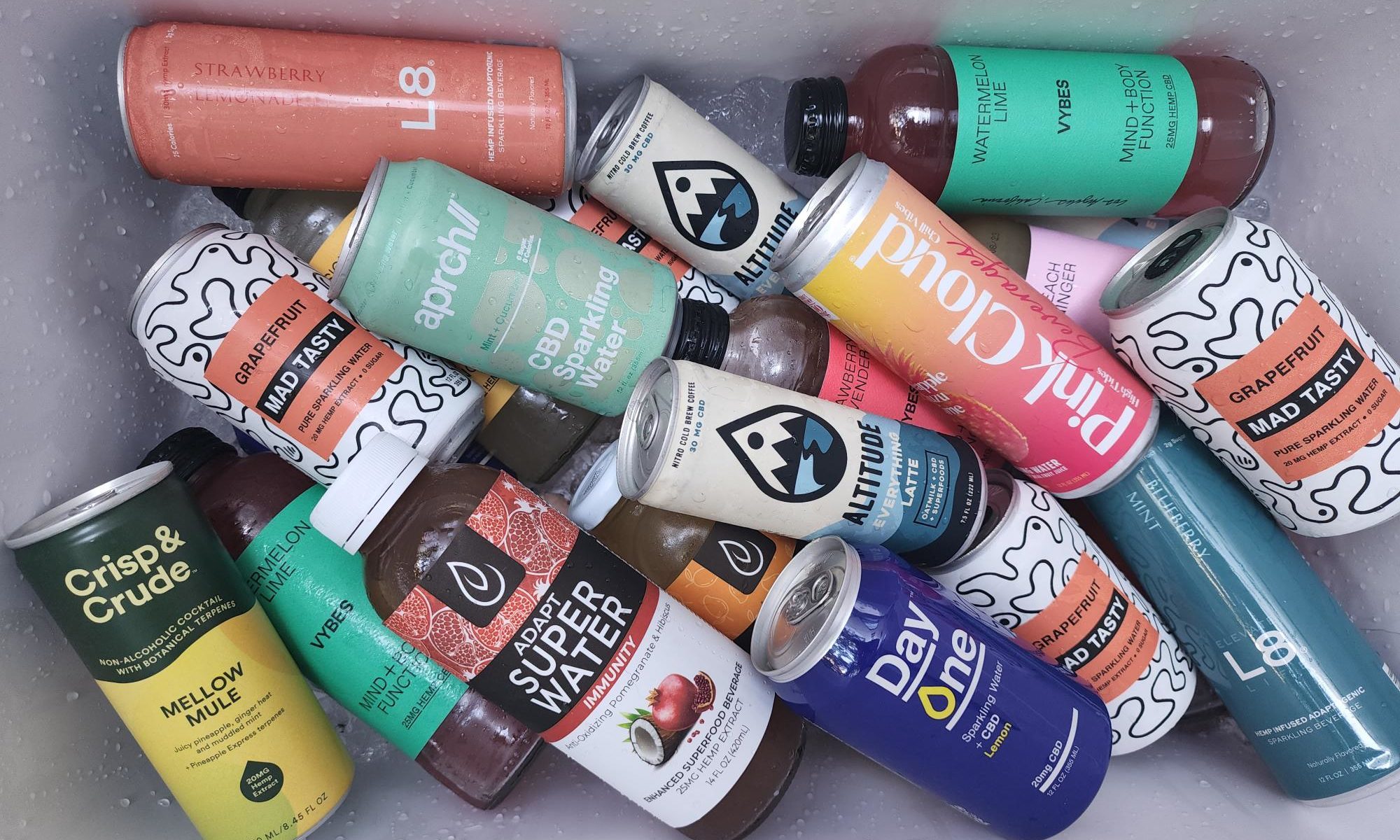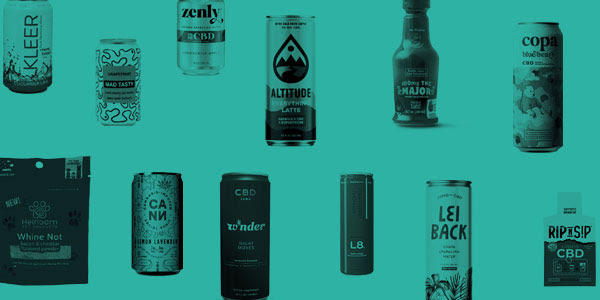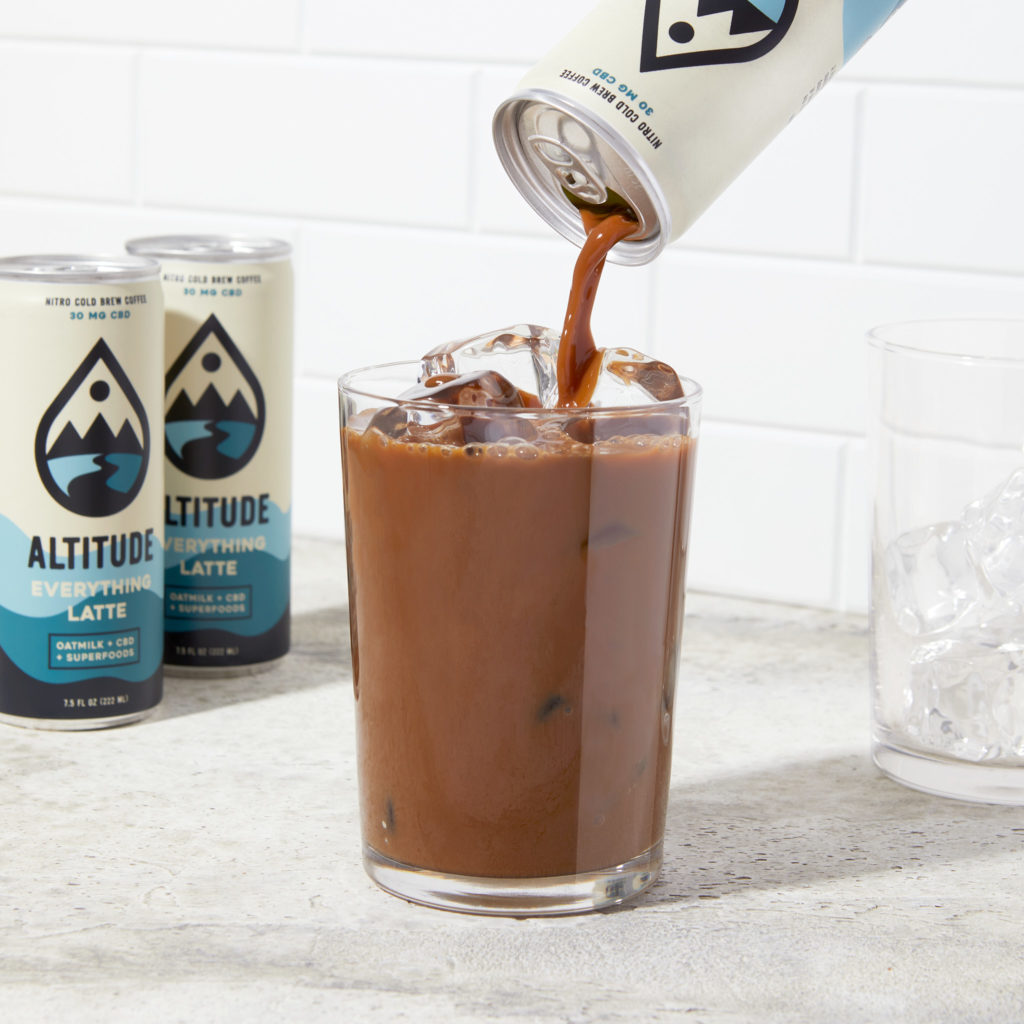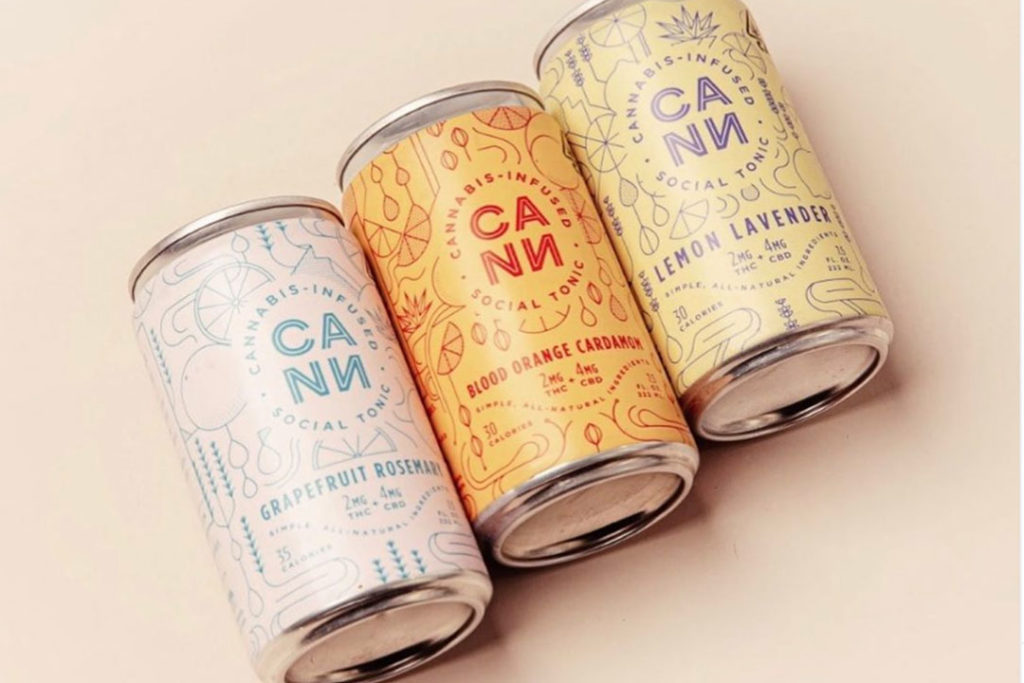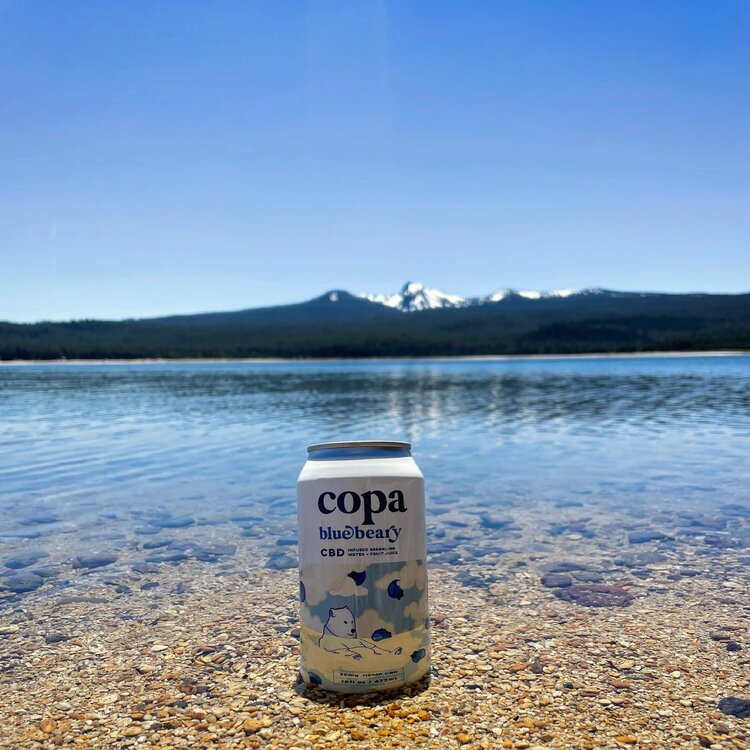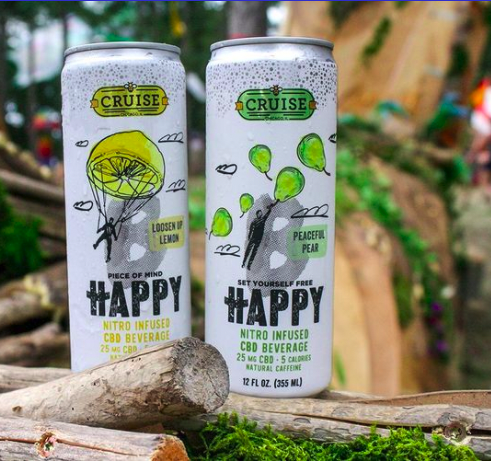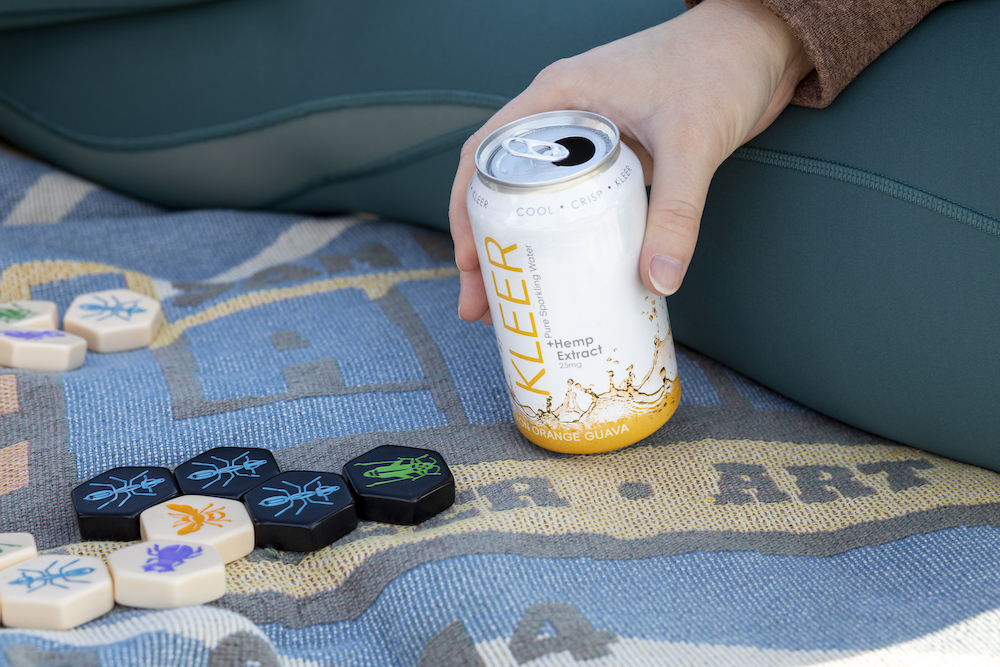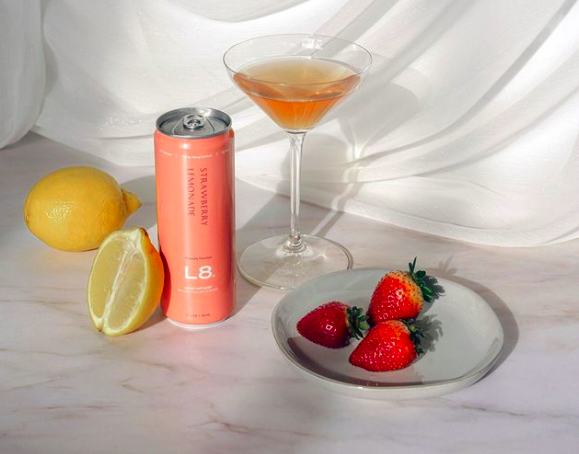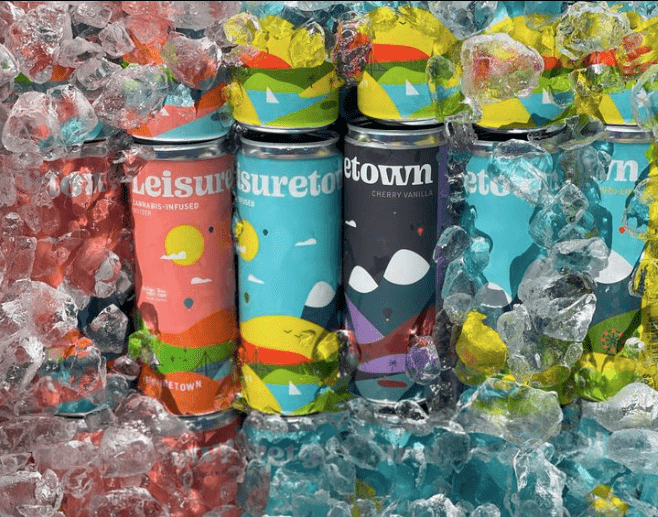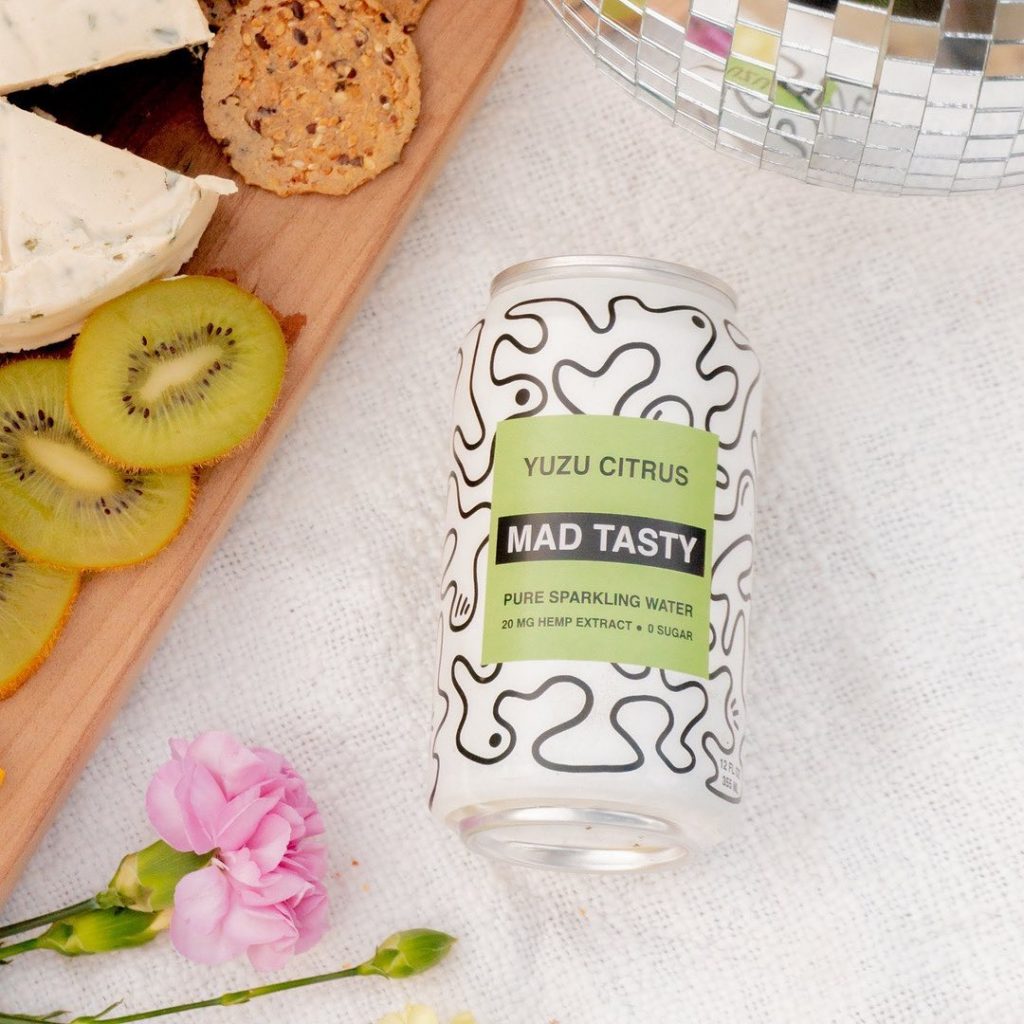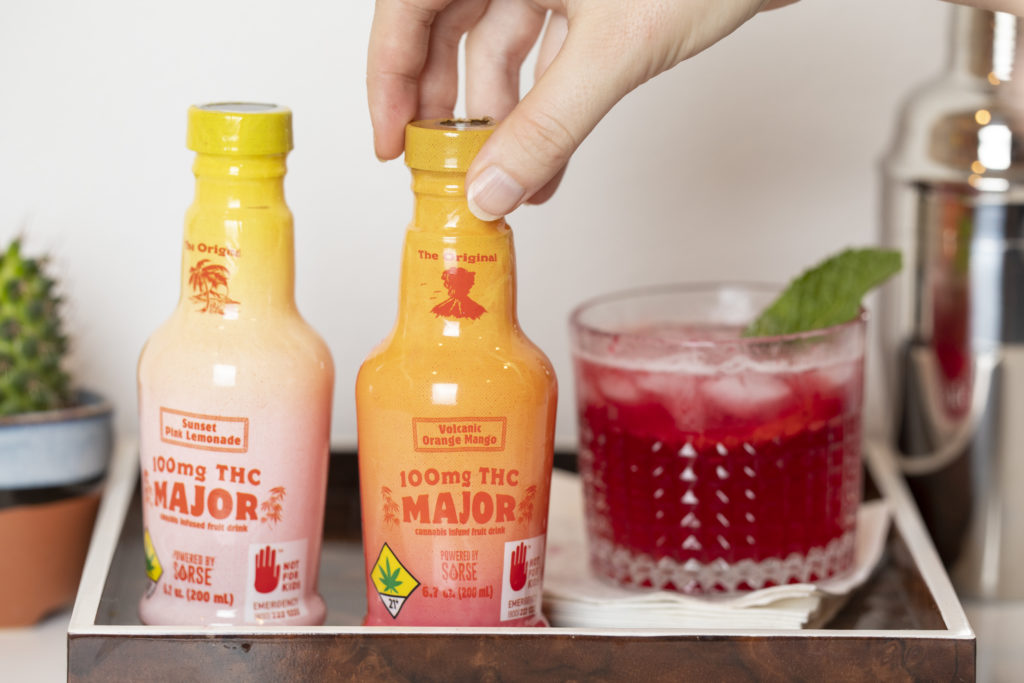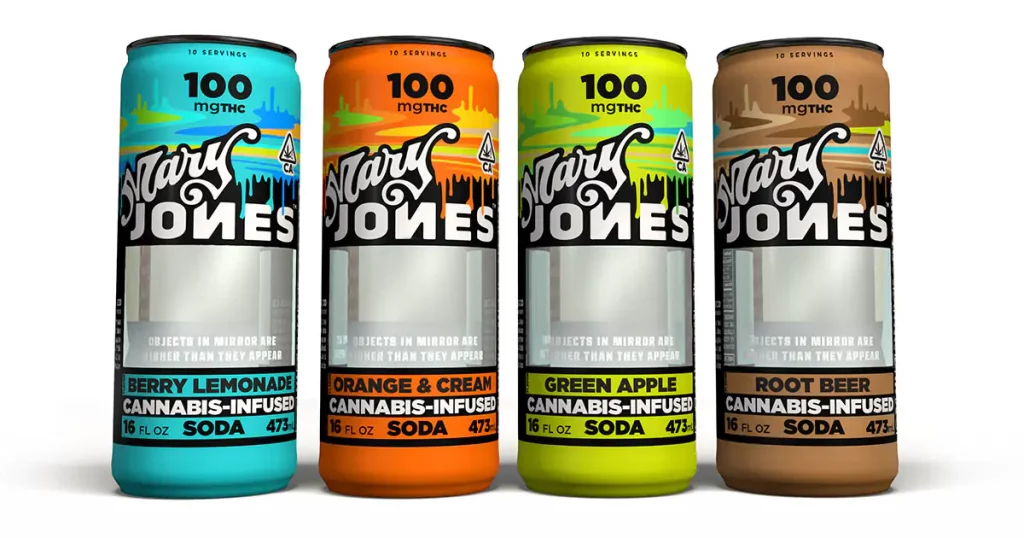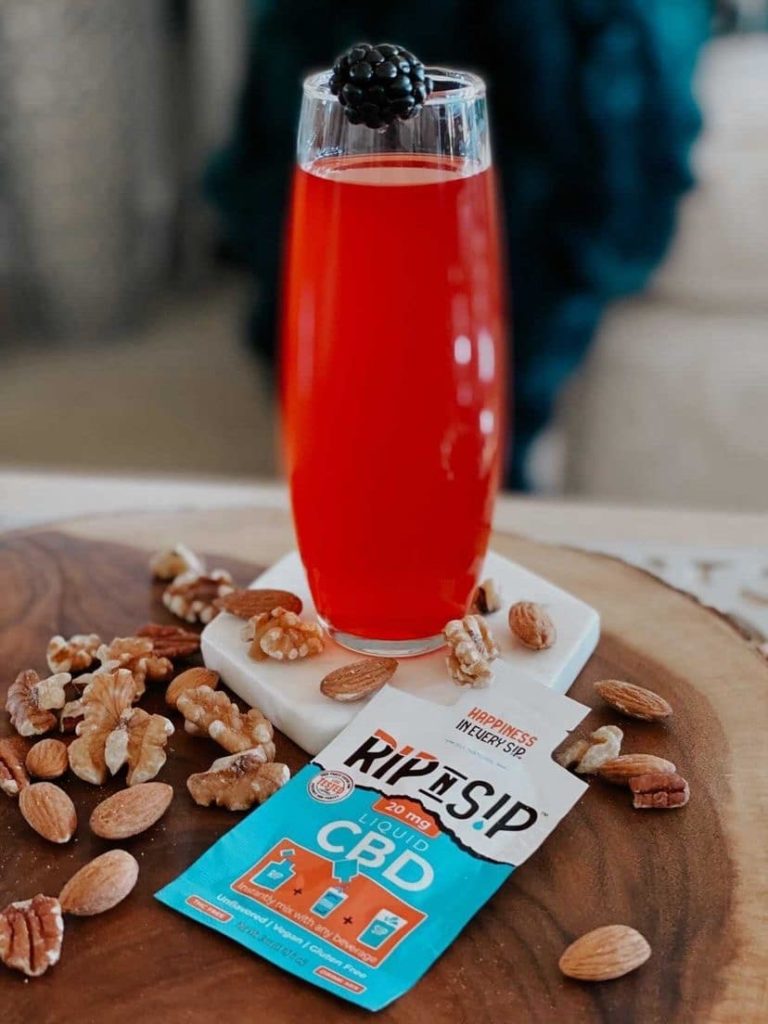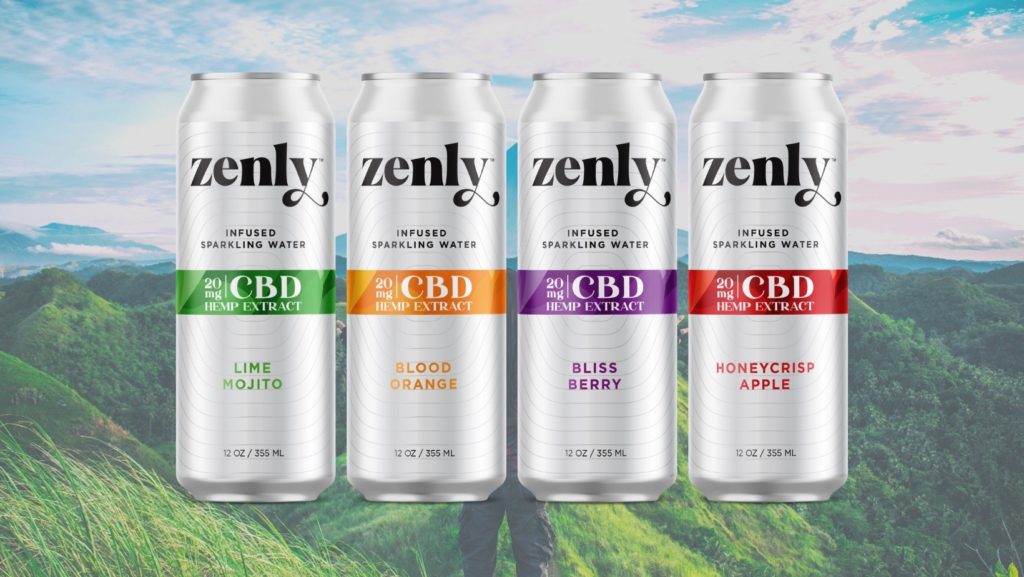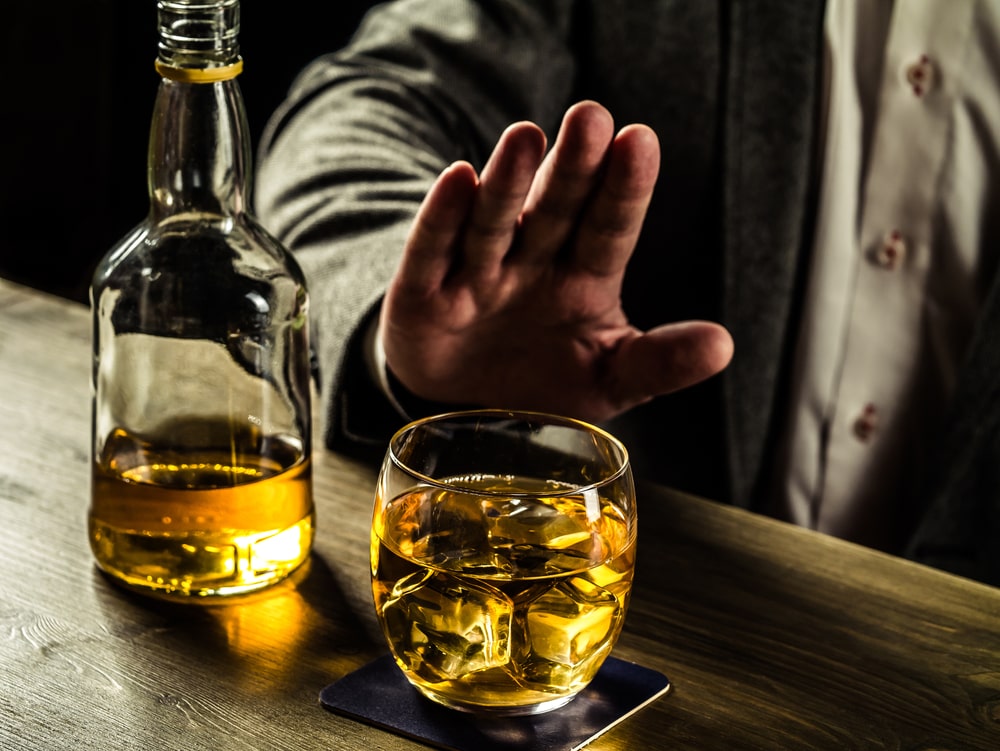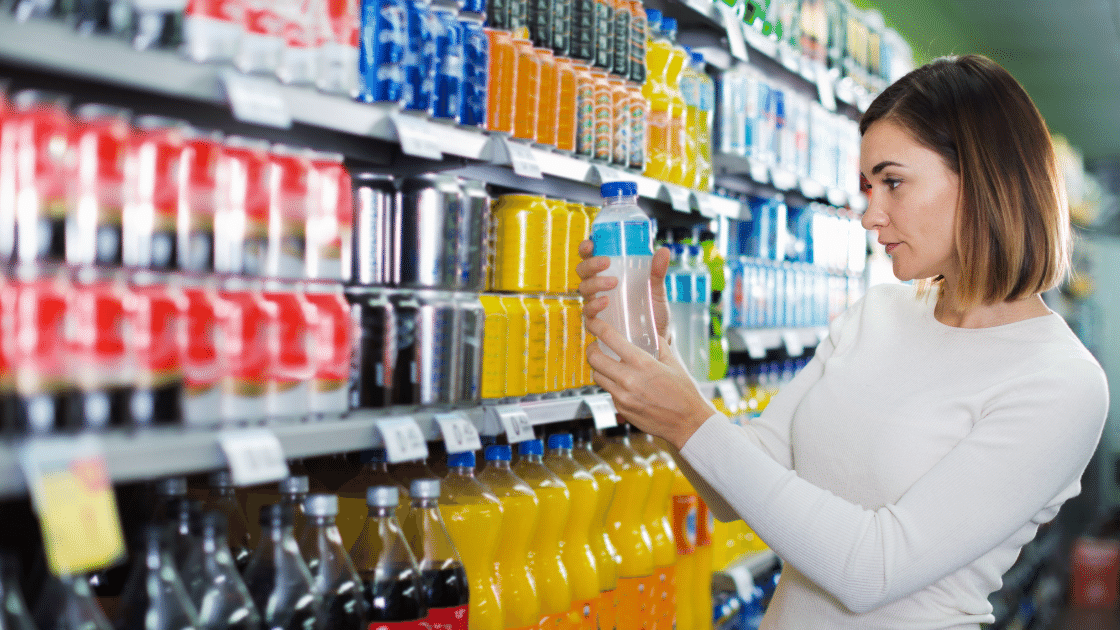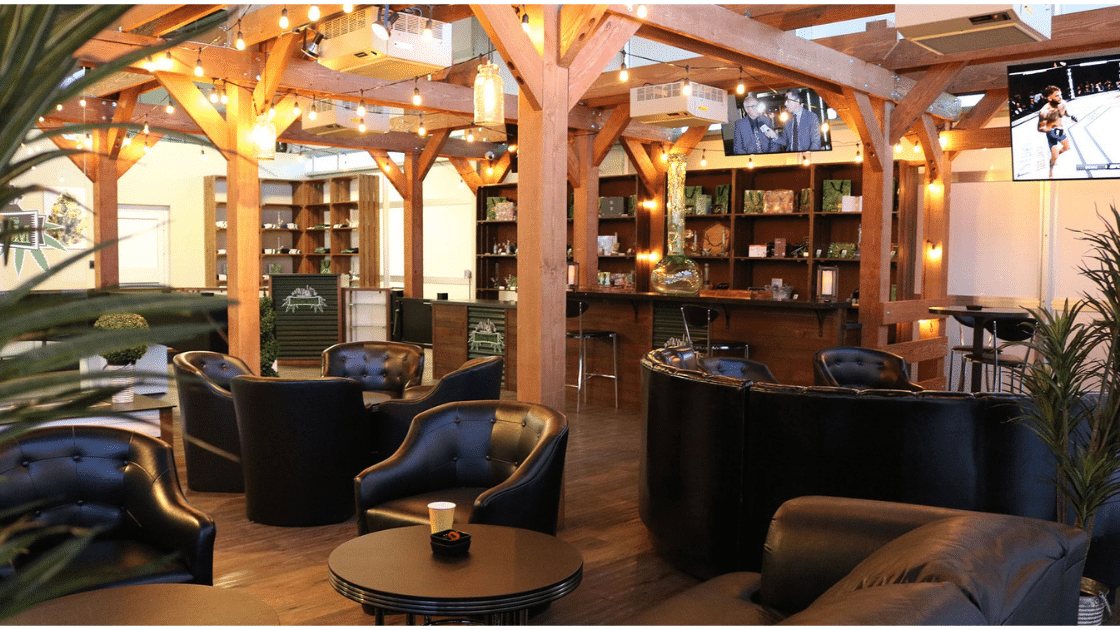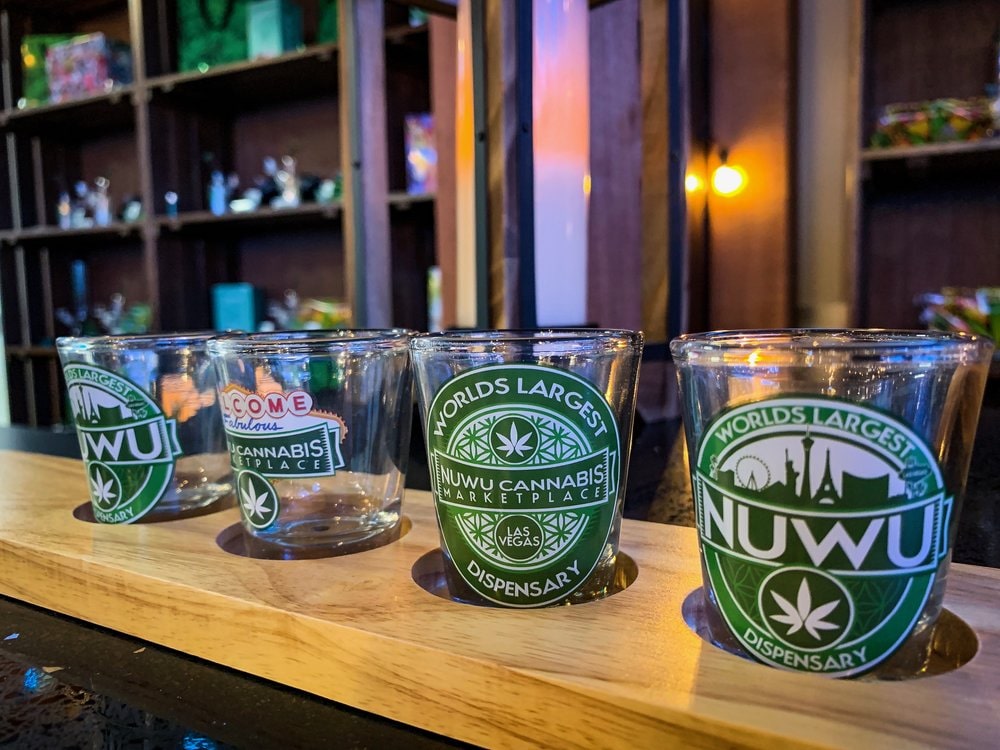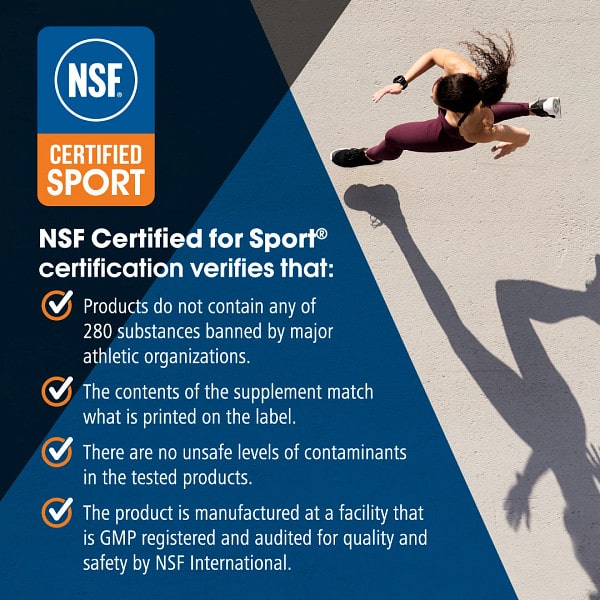Now that Santa has returned to the North Pole, the ball has dropped, and we’ve rung in 2023 with spiked eggnog, champagne, or a few shots of whiskey, that means it’s time to consider going dry in January.
What is Dry January?
Dry January is a movement that began in 2013 by an organization called Alcohol Change UK. Their goal was for people who drink on a regular basis to take a break from alcohol for one month, and after that month, perhaps they would consider drinking less because they were feeling better. It would provide a time to reset the mind and body on the first day of January, after a month of festivities that often revolve around eating and drinking. With each year that has passed since 2013, more people have participated in the movement, so much so that now most consumers know what Dry January means and the benefits of taking part in it.
Benefits of Going Dry in January
Better Sleep
While drinking alcohol may help people fall asleep faster, it can interfere with breathing and disrupt the REM phase of the sleep cycle, which negatively impacts the overall quality of one’s sleep.
Better Hydration Levels
Alcohol is a diuretic, which means that it triggers the body to remove fluids from your blood at a much faster rate than other liquids. As most of us know, dehydration can lead to nasty headaches, fatigue, and dizziness. Unless you’re drinking a glass of water after each alcoholic beverage, you are sure to feel parched after a few cocktails or glasses of wine.
Potential Weight Loss
There is no doubt that most alcoholic beverages taste great – but with the flavor can come empty calories. For example, a classic margarita is about 200 calories, while a glass of white or red wine has 125 calories. Whatever your drink of choice, a few of them over the course of the evening can add up, and if you aren’t burning those calories somehow, they can turn into a few extra pounds of unwanted weight.
Clear-headedness
Drinking alcohol regularly can leave you feeling fuzzy and can make it challenging to remember things. It can also alter your perception of distance, as well as slow or impair your fine motor skills. Saying good-bye to alcohol for a month will leave your brain feeling sharper and likely your reactions will be quicker.
Infused Beverages: An Alcohol Alternative
For people who have never participated in Dry January before, they might be wondering about beverages that can replace a beer while watching football, a cocktail at Happy Hour, a glass of wine with dinner, or a nightcap before bed. A great alternative to any of these is a beverage infused with CBD, THC, or a combination of the two. A drink infused with THC will likely give you an elevated experience, minus the hangover!
There are plenty of different options on the market from you to choose from, such as:
Infused Sparkling Water
A plain, infused sparkling water makes a great base for a mocktail. A little bit of fizz goes a long way in making a drink feel festive.
Infused Sparkling Water flavored with natural fruit juice and other functional ingredients also makes a great base for a mocktail or can stand alone with a wedge of fruit in them.
Infused Coffee Beverages
While some may think coffee is strictly a morning beverage, many people who are not highly sensitive to caffeine like to enjoy a coffee-based beverage after dinner or to replace dessert (or an Irish Coffee!).
Infused Tea
There’s nothing like a warm cup of tea in the evening to wind down before catching some zzzzz’s.
Infused Mocktails
There are a number of beverages on the market that replicate the flavors of certain cocktails like Gin and Tonics, the Old Fashioned, or a Paloma, minus the alcohol.
Infused Fruit Juices
Many cocktails feature fruit juices as their base – Margaritas, Pina Coladas, and Daiquiris, to name a few. To create your own mocktail, take your favorite infused fruit juices, mix and match them, and add other ingredients like bitters, herbs, syrups or fresh fruit to enhance the flavors. (Note: Technically bitters are made from alcohol, but they’re often labeled as non-alcoholic given how little you use in a cocktail.)
Tips for a Successful Dry January or Dry ’23
-
Ask a friend to go dry with you
As we all know, making resolutions is easy, but sticking with them can be hard. If you do Dry January with a friend, you can hold each other accountable as well as have fun creating and making non-alcoholic beverages together.
-
Track how you feel at the end of each day
The first few days of Dry January might be tough as your body and mind recalibrate themselves. In a journal, in your planner, or on a calendar app, reflect on how you are feeling – not just physically, but emotionally. Consider your energy level, your mood, how hydrated you feel, how you are sleeping, etc.
-
Replace your evening alcohol with an activity
For many people, alcohol is part of their nightly routine – a cocktail at Happy Hour, wine with dinner, a sip of scotch before bed. For Dry January, you can replace that beverage with a NA drink AND an activity! This could mean a yoga session or a trip to the gym followed by an infused sparkling water, an evening walk followed by an infused tea, or dessert and infused coffee with friends.
-
Host a mocktail party
For many, drinking is a social activity. This month, instead of meeting up with friends at a bar, consider throwing a mocktail party. Do a little research for recipes online, grab some infused beverages for the mocktail base, then find some fun ingredients fruit or vegetable juices, syrups, and herbs, fruit wedges or pickled vegetables for garnish. You could also have a contest for best mocktail! The Powered by SoRSE Holiday Gift Guide is a great resource for infused beverages you can offer your guests at your party.
-
Be patient with yourself
Change is hard for most people, especially when it comes to altering one’s behavior or routine. You might be a little cranky when you first start Dry January – and that is normal! When you’re feeling a little off or irritated, try to remind yourself why you are doing this in the first place and then do something nice for yourself, like drinking an infused beverage.





